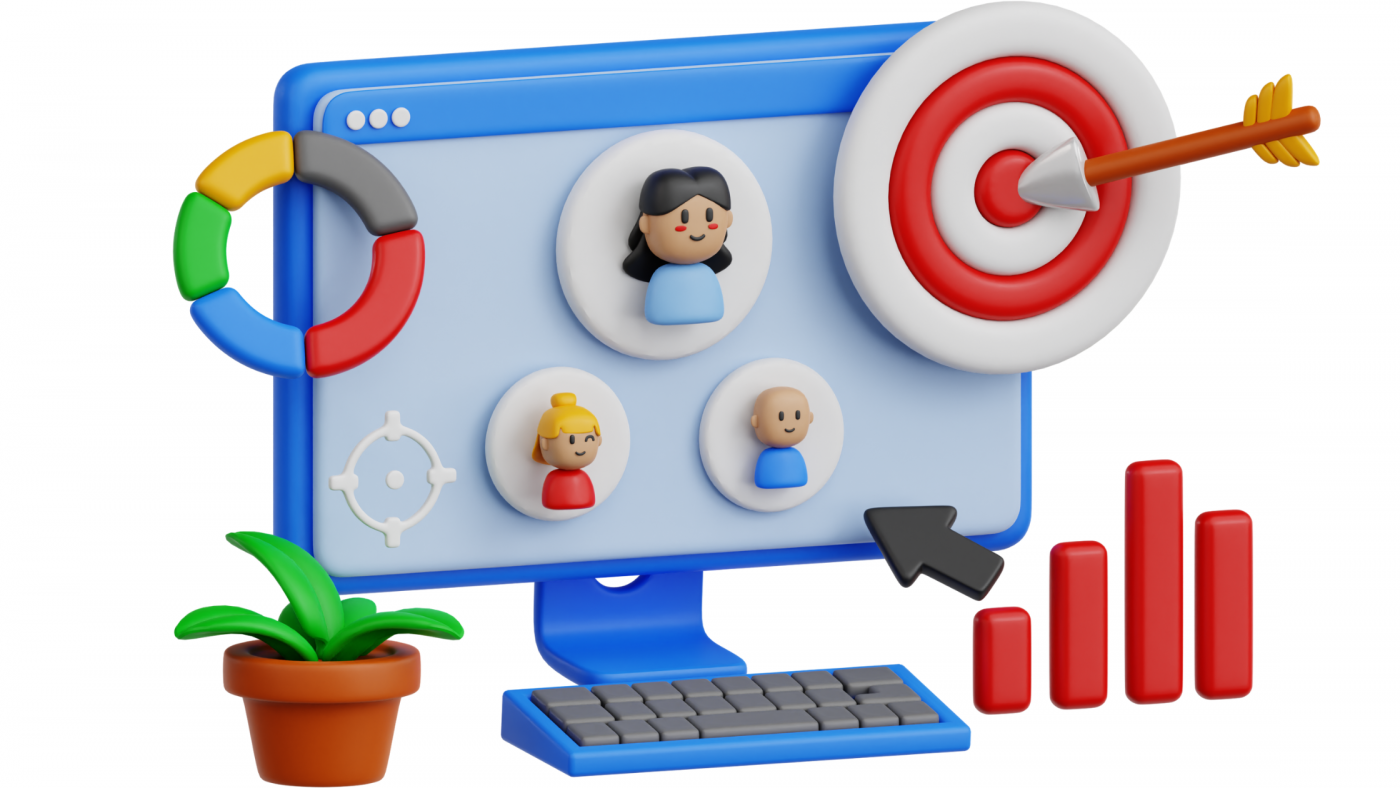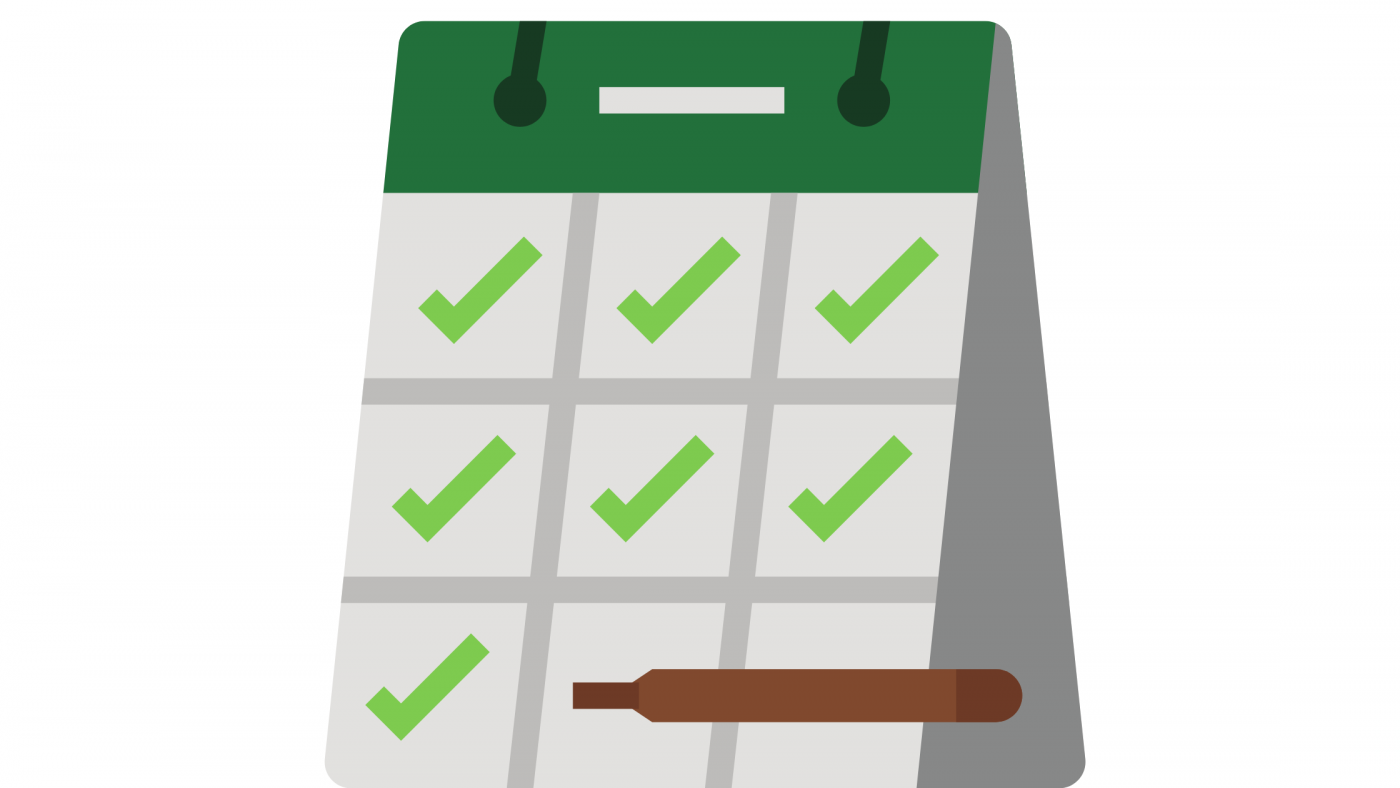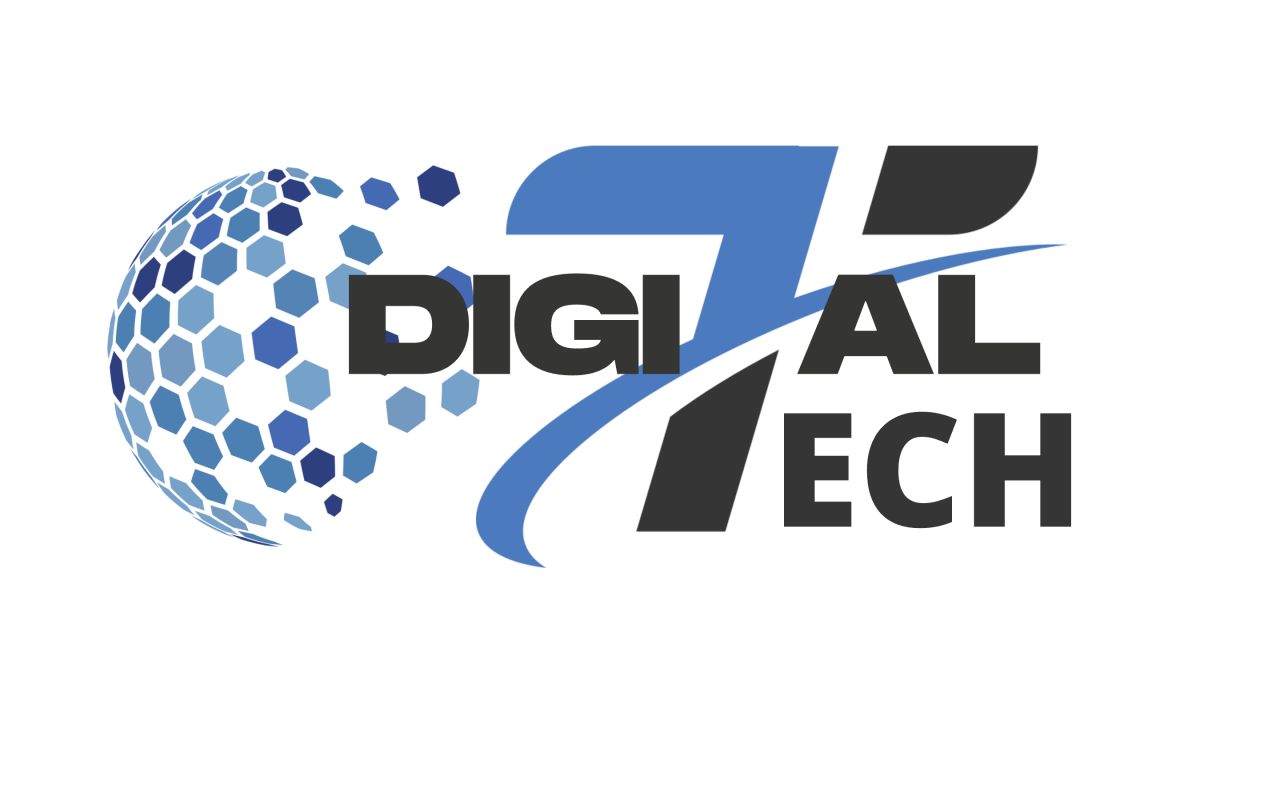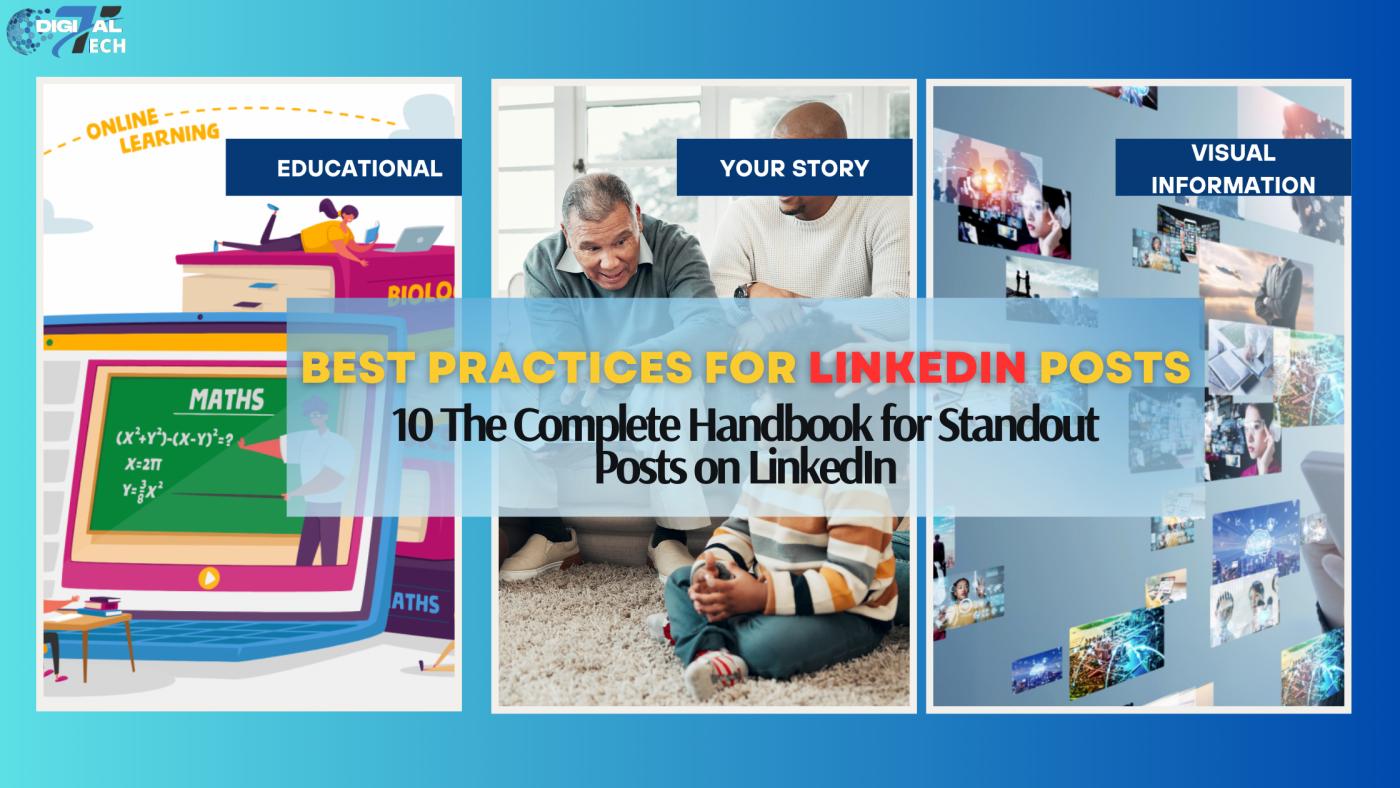LinkedIn has evolved from a simple job-search website into an active platform for networking, professional development, and content exchange.
LinkedIn marketing can help content creators create engaging and effective content. Relevant content creation requires a number of essential elements, including knowing your audience, coming up with attention-grabbing headlines, adding value, using images sensibly, being sincere, igniting conversations, utilizing hashtags, search engine optimization, consistency, and performance tracking with LinkedIn Analytics.
You may create content that engages and attracts readers by getting to know them, creating attention-grabbing headlines, providing incisive analysis, and making use of hashtags. By utilizing relevant keywords and phrases, you may increase the likelihood that users will notice your content in their feeds and search results. Consistency is key, and by experimenting with various formats, subjects, and publishing schedules, you can discover what resonates most with your audience.
1. Important posts on LinkedIn

Posts on LinkedIn are an essential tool for digital marketing
Posts on LinkedIn are an essential tool for digital marketing, job promotion, personal branding, and professional networking. They give you exposure and a wide audience to reach, letting you share your knowledge and perspectives. Sharing insightful information on a regular basis makes you appear more credible and identifies you as a thought leader.
LinkedIn postings also attract like-minded individuals, mentors, and collaborators who can help you achieve your career goals. They can open opportunities to valuable interactions and partnerships. LinkedIn encourages knowledge exchange and ongoing learning, which helps you stay ahead of the curve in your industry.
Engaging in active activity on LinkedIn for eCommerce can result in partnerships, job offers, speaking engagements, and consulting assignments, among other employment chances. LinkedIn posts can also help you reach your professional objectives and build your reputation by expanding your network and visibility beyond in-person gatherings.
2. What is the recommended length for a post on LinkedIn?
Your LinkedIn posts should be between 1300 and 2000 characters long for the greatest impact and audience interaction. This harmony allows thought-provoking questions, shared experiences, and meaningful dialogues without getting in the way. It is imperative to consider both the attention span of the audience and the LinkedIn context in which they are examining the content.
Too-long posts have the potential to boring readers, while too-short posts could come across as uninteresting and not worth their time. It’s critical to provide quality information while respecting the time and attention of your audience. Try out several durations and formats to determine which ones your audience responds to the most.
3. Which LinkedIn posts are most effective?
There are specific types of LinkedIn postings that connect with the audience and work well. Deep conversations are often sparked by the following forms and approaches:
1. Educational or Informative Posts

Educational or Informative Posts
People are drawn to content that offers advice, helpful hints, or industry-specific knowledge. Provide useful advice, business advancements, or learned perspectives to position yourself as a thought leader and benefit your audience.
2. Short stories or anecdotes

Short stories or anecdotes
Use success tales, personal experiences, or lessons learnt from your career journey to personalize your brand. Developing a rapport with your audience through genuine storytelling can make your content more interesting and relatable.
3. Visual information

Visual information
Highly engaging visual information that sticks out in the LinkedIn stream includes images, videos, infographics, and slideshows. Use captivating graphics to improve the way information is delivered and to enrich your written material.
4. Thought-Provoking Questions

Thought-Provoking Questions
Ask insightful questions or provide thought-provoking prompts to elicit dialogue and participation from your audience. Engage in dialogue with pundits and initiate thought-provoking conversations about relevant topics related to your industry or business.
5. Industry News and Observations

Share timely news, updates, or observations to keep your audience informed
Share timely news, updates, or observations to keep your audience informed and showcase your industry experience. To add value and stimulate discussion, share your ideas or insights.
6. Successes and Milestones

Accomplishments, significant turning points, or benchmarks in your career or business life
Accomplishments, significant turning points, or benchmarks in your career or business life. Whether it’s a new job, a completed project, or a professional award, sharing your accomplishments can motivate others and draw attention to your credentials.
7. Calls to Action (CTAs)

Calls to Action (CTAs)
Make sure your posts include compelling, succinct CTAs to persuade users to do certain actions, including liking, commenting, sharing, or visiting your website. CTAs can boost engagement and point your audience in the direction of your objectives.
8. Interactive Content

Try a variety of interactive content types
To engage your audience and gather insightful feedback, try a variety of interactive content types, such as polls, quizzes, and surveys. Posts that are interactive can increase reader engagement and increase the content’s remember value.
9. Employee Spotlights or Company Culture

Use employee spotlights, team accomplishments, or insider insights
To showcase your company’s culture, values, and workforce, use employee spotlights, team accomplishments, or insider insights. You can connect with your audience and attract both talent and customers by giving your brand a human face.
10. Trending Topics and Hashtags

Trending Topics and Hashtags
Stay informed about the conversations, hashtags, and themes that are prevalent in your industry or area of expertise. Engage in relevant dialogues and provide your viewpoints to demonstrate your expertise and enhance your reputation.
You may create content on LinkedIn that engages readers, promotes engagement, and helps you achieve your professional goals by using these types of articles and strategies.
4. How can I create postings on LinkedIn that work?
Effective LinkedIn posts require strategic thinking, compelling storytelling, and audience engagement techniques. To create engaging posts, understand your audience’s demographics, interests, and pain points, and tailor your content to address their needs and preferences.
Define your objective and align your messaging with it to ensure coherence and effectiveness. Craft an attention-grabbing headline using action verbs, numbers, and intriguing questions to generate interest. Offer valuable insights, tips, or solutions that address your audience’s challenges or interests.
Be authentic by injecting your personality into your posts to make them relatable and engaging. Keep your posts concise and easy to digest, using short paragraphs, bullet points, and subheadings to improve readability.
Incorporate visuals, such as images, infographics, videos, or slideshows, to capture attention and convey information more effectively. Include a clear Call to Action (CTA) to prompt your audience to take action.
Use relevant hashtags to increase discoverability and reach a wider audience interested in similar topics. Engage with your audience by responding promptly to comments, questions, and messages to foster meaningful interactions.
Optimize video posts for LinkedIn’s algorithm and track performance using LinkedIn Analytics to refine your content strategy. By following these guidelines and incorporating best practices, you can write effective LinkedIn posts that drive engagement and contribute to your professional growth and success on the platform.
5. Recognize Your Audience
1. Finding the LinkedIn audience you want to reach
Understanding your target audience’s demographics, interests, and activities is essential to targeting them on LinkedIn effectively. Setting clear objectives for your career, choosing a niche and industry, and conducting demographic study are crucial first steps. To focus, think about things like career duties, study areas, and areas of expertise.

Finding the LinkedIn audience you want to reach
Make use of LinkedIn’s demographic information to learn about the traits of professionals in your target market. For information and messaging to be specifically relevant to their requirements and interests, it is essential to identify their pain spots and needs.
To learn more about their tastes, habits, and pain points, conduct market research. To determine the degree of resonance with your target audience, track engagement data. It is imperative that you consistently assess and improve the definition of your target audience in light of feedback, insights, and changing company goals. By doing this, you’ll be able to produce more focused content, cultivate deep relationships, and use the platform to accomplish your career objectives.
2. Creating Content that appeals to your target audience
Analyze your target audience’s preferences and pain concerns before creating content to effectively engage them on LinkedIn. Use pertinent examples and case studies, emphasize the advantages and solutions of your content, and tailor your messaging to speak to their needs and interests.

Creating Content that appeals to your target audience
Formats for material should be changed to accommodate a variety of audience tastes, spark discussions, and offer useful information. To make sure your material is topical and relevant, keep up with happenings and trends in the business.
Keep an eye on your content’s performance and assess its efficacy over time by utilizing indicators such as LinkedIn Analytics. You may improve engagement, establish credibility, and create closer bonds with your audience by creating material that speaks to them. This will help you achieve your professional objectives on the platform more successfully.
3. Gaining insights from data and analytics
Any business plan must take LinkedIn’s content performance into consideration. By looking at engagement data, you may identify high-performing content, understand audience demographics, and make the necessary changes to your content.

Gaining insights from data and analytics
By keeping an eye on the likes, comments, shares, and clicks on your posts, you can assess the effectiveness of your content strategy. A thorough analysis of demographics such as job titles, industries, locations, and seniority levels can help you better tailor your content to the needs of your audience.
By keeping an eye on your followers’ growth and analyzing conversion rates, you may make improvements to your content strategy. Comparing your content’s performance to those of your competitors can help you identify areas for improvement.
You can try different approaches, formats, and posting schedules iteratively to further improve your content strategy.
6. Timing and Frequency
1. What time of day is ideal for content posting?
LinkedIn allows professionals to upload content, and posting at the right time of day can maximize your exposure and interactions. During the workday, posting in the early afternoon and midday can attract visitors. Avoid the weekends and late hours for the best engagement.

What time of day is ideal for content posting?
Use LinkedIn Analytics to monitor audience behavior, account for time zones, keep an eye on industry trends, and track results. Adapting your LinkedIn content strategy could help you achieve your career goals.
2. Consistency!

Maintaining a strong online presence
Maintaining a strong online presence, engaging with your audience, and raising your exposure on LinkedIn all depend on your publishing consistency. To do this, set posting goals, understand your audience, choose how often to post, create a content calendar, rotate your material, schedule posts, and use LinkedIn Analytics to monitor performance on a regular basis.
Stay in close contact with your audience by responding to their queries and feedback and by being flexible enough to change course when necessary.
Follow the same tone and brand identity across all of your postings to guarantee a cohesive voice and brand identification. You may increase your exposure, build relationships, and achieve your career goals on the platform by putting these strategies into practice.
3. Keeping content relevant and refraining from oversharing

Keeping content relevant and refraining from oversharing
LinkedIn’s content strategy places an emphasis on quality above quantity, meaning that content from reputable sources is chosen. To keep current, vary the content you post and schedule when you post it. Monitor audience participation, engage with them, and stay current and pertinent.
See what appeals to the greatest number of people by experimenting with different publishing schedules, material types, and subject matters. Regularly assess and think about the performance of your content to ensure sustained engagement and relevance.
LinkedIn provides a platform for professionals to connect and share relevant content. Optimizing your profile, creating engaging content, connecting frequently, networking strategically, making use of features like groups, Live, and Stories, monitoring performance, and staying current with industry trends are all key components of success. By using these strategies, you may raise your profile and reach your professional goals.

